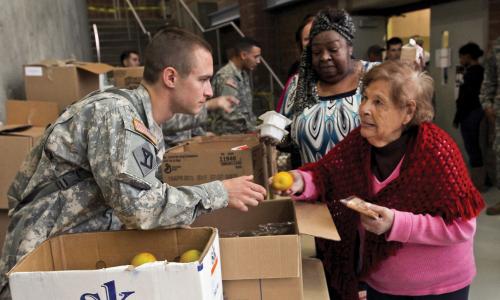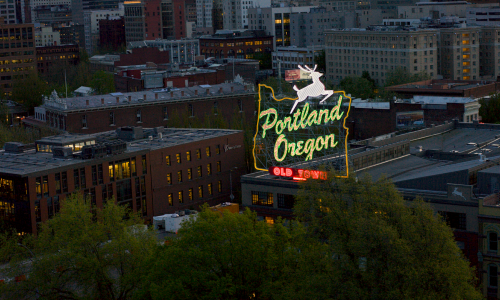Plaquemines Parish, much of which lies below sea level, is located to the southeast of New Orleans where the Mississippi river flows into the Gulf of Mexico. Despite an extensive levee system surrounding portions of the parish and plans for more investments in flood control, coastal communities face a difficult future with growing threats from flooding and storm surge.
Louisiana is experiencing some of the highest rates of relative sea level rise in the world. Land subsidence—caused by upstream flood-control measures on the Mississippi River, oil and gas operations, and sediment compaction—is a major contributor. Wetlands that once helped shield the coast from being battered by storms are now being lost at a rate of 40 square miles per year, with 2,300 square miles of wetlands (an area larger than Delaware) having been lost since 1932.
According to the state of Louisiana, its coasts could see 10.6 to 31.5 inches of sea level rise between 2010 and 2060, which will result in significant coastal land loss, including in Plaquemines.
Several predominantly Black communities located in Plaquemines are ground zero for the harsh confluence of socioeconomic vulnerability and extreme risks from sea level rise. Formerly the sites of plantations, the communities of Ironton, St. Rosalie Plantation, Woodland, and many other towns were established by formerly enslaved people whose descendants live there today. Faced with segregation and discriminatory laws, the Plaquemines Black community engaged in a civil rights struggle that resonates to this day.
Today residents live with significant pollution from nearby oil refineries and coal export terminals. The 2010 Deepwater Horizon oil rig explosion occurred just 40 miles from the coast of Plaquemines Parish, and the consequent oil spill affected more than 3,000 acres of coastal wetlands in the parish and devastated the livelihoods of many people in the local Black fishing community.
Hurricane Katrina made landfall in the town of Buras in Plaquemines Parish, and the parish was hit again by Hurricanes Rita in 2005 and Isaac in 2012. In addition to the death and devastation caused by Katrina, coastal towns in Plaquemines Parish lost between 40 and 70 percent of their residents to displacement. Despite federal government disaster assistance of nearly $20 billion to Louisiana, in the wake of Katrina and Rita, residents in smaller coastal communities like those in Plaquemines have had difficulty accessing the aid and are still struggling to rebuild.
The state of Louisiana’s 2012 Comprehensive Master Plan for a Sustainable Coast, developed in partnership with the U.S. Army Corps of Engineers, is an ambitious attempt to stave off threats to this coastally dependent state by investing in ecosystem-based defenses, like barrier islands and wetlands, alongside human-made defenses like levees. The centerpiece of the $50 billion, 50-year plan, the Mid-Barataria Sediment Diversion, is designed to replenish sediment in the Mississippi delta to help build and maintain land and protect coastal wetlands.
This and other aspects of the plan, however, are controversial. Some scientists estimate that land loss will outpace the effectiveness of the diversion and believe that the 2012 iteration of the plan used inadequate projections of sea level rise. Others worry that it could leave some communities unprotected. Ironically, the BP oil spill has renewed focus on the need to invest in coastal protection and restoration, and the damage settlement reached with BP could provide a source of funding for this effort.
The reality is that severe risks from sea level rise, past decisions that have undermined natural coastal barriers, and the inevitable limits of engineering solutions, mean that many communities in coastal Louisiana face very tough choices. The challenge will be finding equitable ways forward that give these communities a voice in the process and marshal the resources they need to make those choices. Community members are building alliances for a better vision for the future, with the ongoing support of groups including the Gulf Restoration Network, the Gulf South Rising movement, and the Sierra Club.
Reverend Tyrone Edwards, pastor of the Phoenix Zion Travelers Baptist Church, speaks to new opportunities to get this right.
“We found out that disasters and coastal restoration are big money. It’s more about giving contracts to some people than protecting [Louisianans/people in Plaquemines Parish]. Oftentimes, the work is overpriced [and too much spent on overhead and subcontracts]. If more of the money were used correctly, we could have more projects done. . . . It is key that local people are employed in the coastal restoration projects. That’s one way to work towards making communities whole.”




